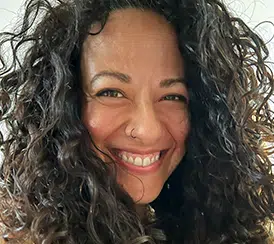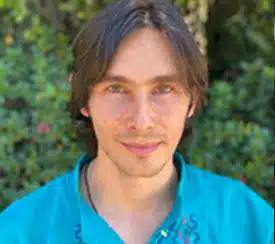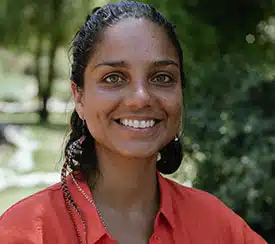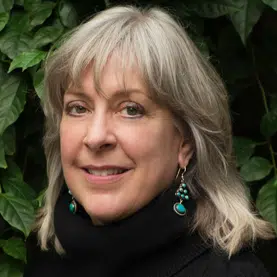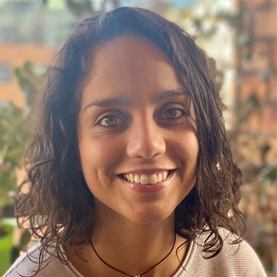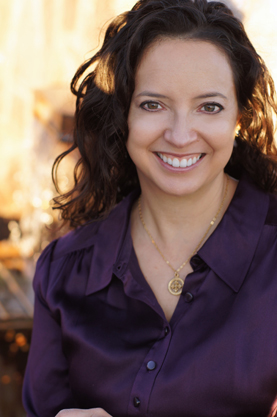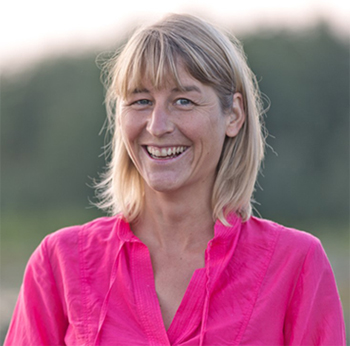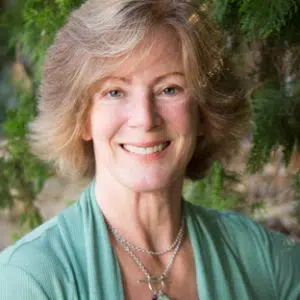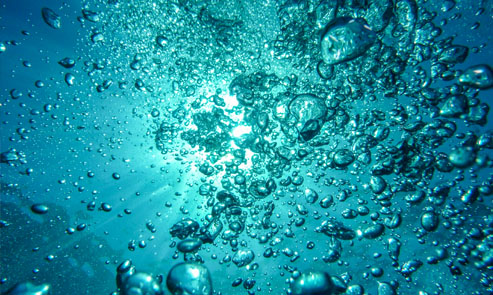
Not long afterward, he asked me to bring a small group of my students on an expedition to Mt. Ausangate, a place sacred to the Laika, and one of the highest mountains of the Americas. We were to take part in a rite that calls in the future, the highest possibilities for the time to come. The Laika understand that as the fate of the earth goes, so goes the fate of humans, and that we are part of a luminous web that involves all creation. As the old man explained it to me, we were going to summon a future that would be most healing for the earth.
Don Manuel explained that while most of us only sought to better our lot in life, a Laika was called to dream the well-being of all creatures, and of the earth itself. In this ceremony, we would be journeying into the future after the great upheaval humanity was about to go through. What we discovered could change our lives for the better, and the fate of humanity.
I was happy to go along with the invitation. I knew that the Indios desperately needed a new dream, because they did not participate in the Western dream of progress. Most of the Andean peoples continue to live in poverty with little hope of breaking out of the cycle that keeps them destitute, even as the Andean cities and the children of the Conquistadors thrive. A new dream would also be good for us who had exhausted the old daydream of progress that had led to raping and pillaging the earth for our exclusive benefit.
Don Manuel pointed to nearby lagoon, a shallow pool no more than 10 feet deep, where you could see the blue of the glacier at the bottom.
“It’s customary for one of the participants to jump into the ice water and kiss the glacier,” he said, looking at me.
“I’m just an anthropologist,” I complained. It was late in the afternoon, we were near the snow line, and I could feel the chill of evening approaching.
The other Indios in the group nodded in agreement and turned their gaze downward to give me privacy as I stripped down to my shorts. I walked to a rock that jutted above the pool, feeling the goosebumps on my skin. I took three deep breaths and dove in.
I hit the water, and my breath was knocked out of my chest. My skin was on fire, my heart racing, as the momentum from my dive carried me to the bottom. I kissed the glacier, and then I entered into a slow-motion ascent. I could see myself from above the pool, in a slow crawl toward the surface.
My head broke the surface, and taking in a gulp of frigid air, I dog-paddled to the side. A dozen arms helped me out of the water, and others dried me off with a towel. Everyone was smiling and speaking excitedly. Seemed I’d passed some kind of test.
Later that evening I asked Don Manuel what it was like when he had to dive into the pool.
“No one ever goes into the Female Jaguar Lagoon. You could die from the cold,” he said.
I must have looked puzzled.
“That was for my teeth,” he grinned, flashing a flawless smile at me.
This is an excerpt from Dr. Alberto Villoldo’s upcoming book, The Heart of the Shaman: Stories & Practices of the Luminous Warrior.
Click here to pre-order your copy today.
.
